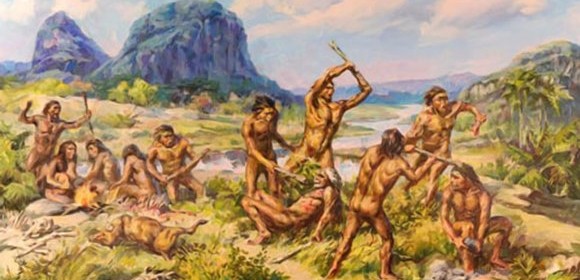Neanderthals—the other white meat

|
Getting your Trinity Audio player ready...
|
Neanderthals, a sturdy hominid species closely related to Homo sapiens, lived in Europe for about 270,000 years until humans arrived on the continent, about 30,000 years ago, at which point they quickly disappeared. The latest theory for their puzzling extinction is that humans exterminated, and maybe even ate, their Neanderthal cousins.
French anthropologist Fernando that the bacterial disease was present in Asia long before it made its way to Europe. As dreaded as it is, leprosy isn’t very easy to catch; a leper would have to be in very close contact with an .uninfected person for some time to transfer the bacterium. Many experts argue that leprosy couldn’t have been a truly widespread problem until about 3000 B.C., when densely packed cities sprang up and long-distance trading became common.
Some researchers think that Alexander the Great and his troops carried leprosy back to Europe; another theory is that the disease arrived on slave Rozzi found a Neanderthal child’s jawbone in southwest France that appears to be scraped clean of its flesh by stone tools, suggesting that humans butchered the child as they would a deer. Rozzi points to particular marks that suggest the Neanderthal’s tongue was removed and eaten. He also found necklaces made of Neanderthal teeth and bones that he believes served as hunters’ trophies. “For years, people have tried to hide away from the evidence of cannibalism,” Rozzi says, “but I think we have to accept it took place.” The French study, says Chris Stringer of the London Natural History Museum, “does add to the evidence that competition from modern humans probably contributed to Neanderthal extinction,” but doesn’t prove it was by dining on them.

 Print
Print